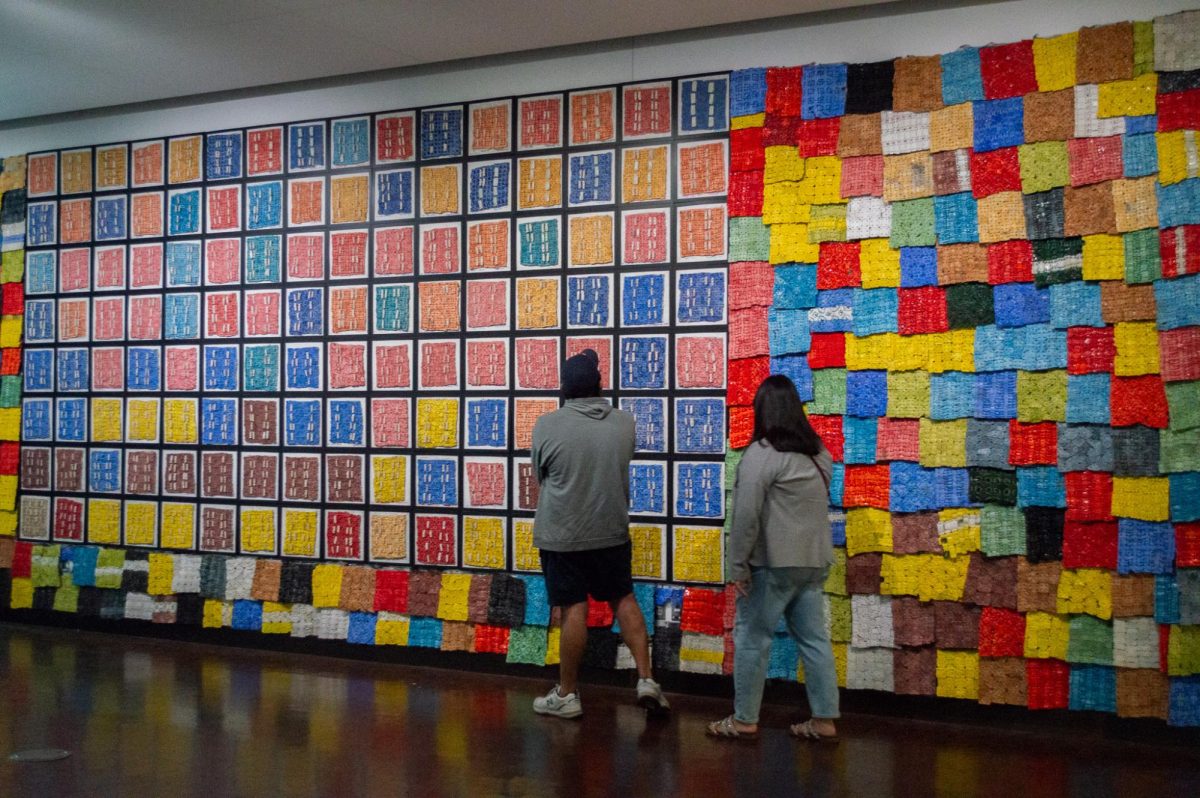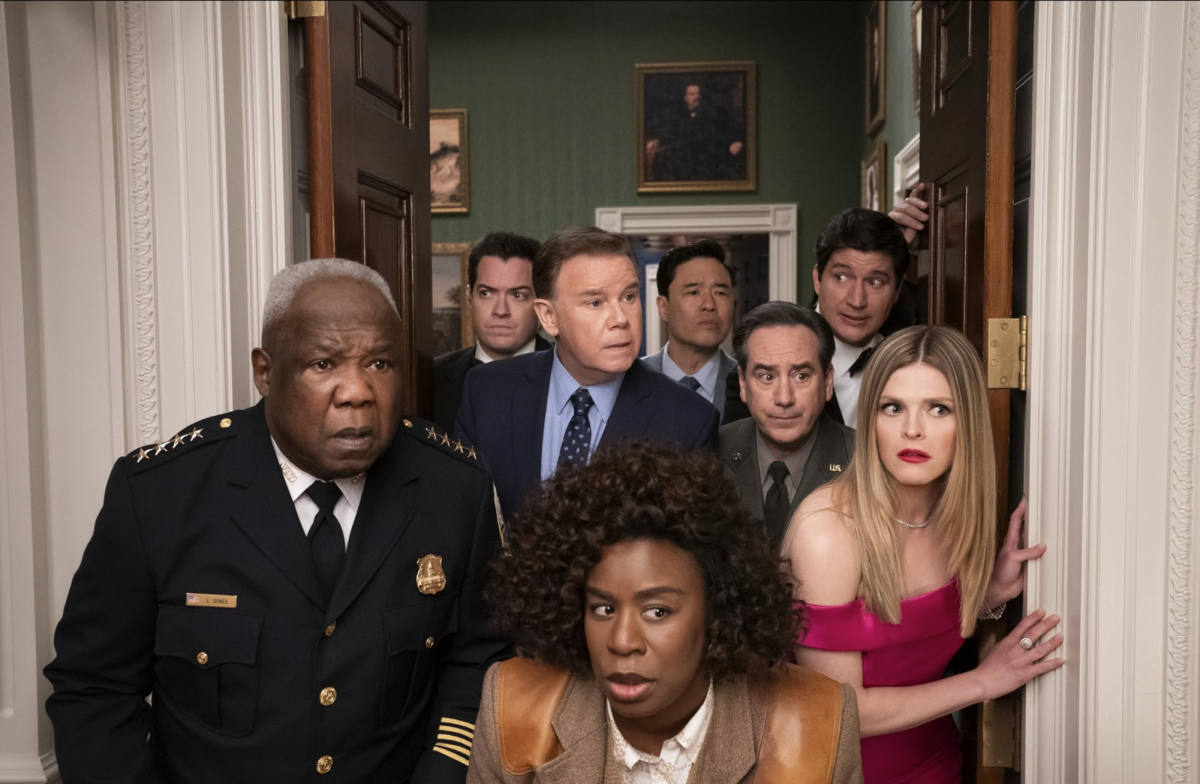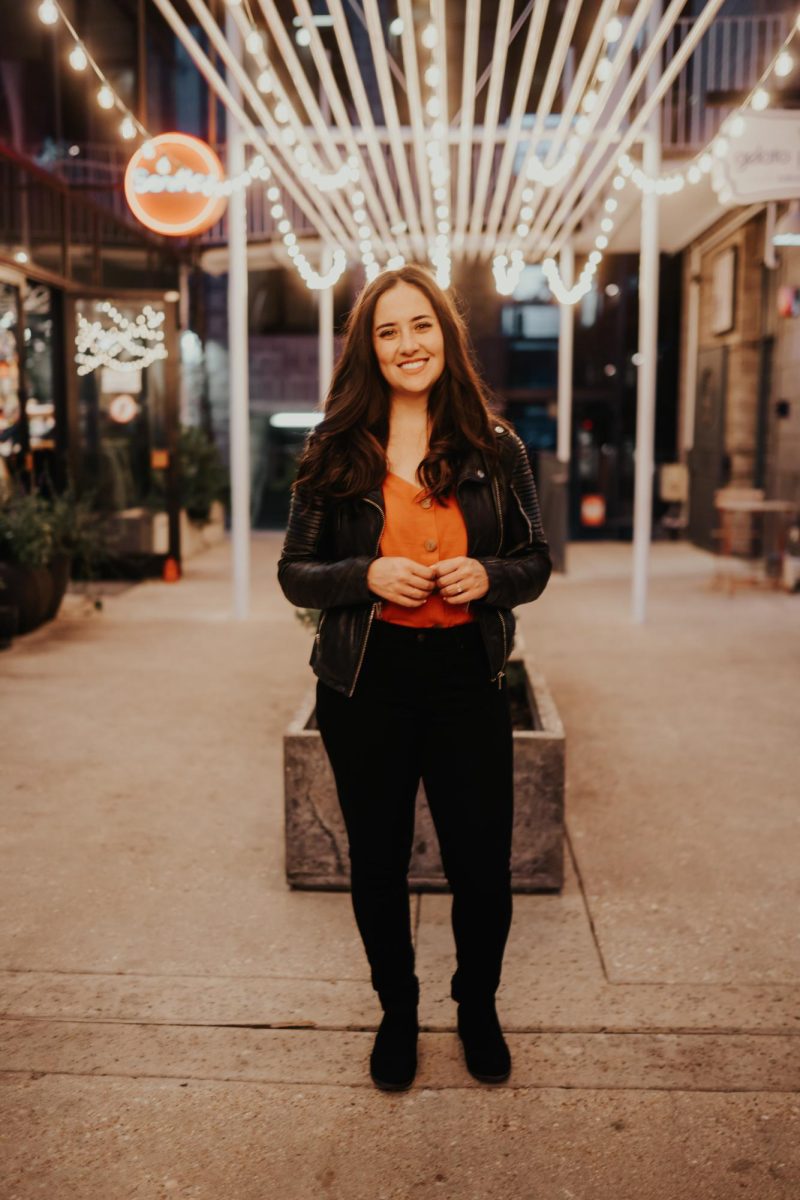Art lovers and history buffs alike will have the opportunity to partake in the beauty of 19th century American landscapes through depictions from the Hudson River School of Painting, starting today at The Blanton Museum of Art.
“American Scenery: Different Views in Hudson River School Painting,” is the exhibition counterpart to “Go West,” a showcase featured at the Blanton since Jan. 14. Both exhibits overlap in time period and artists who were traveling from sea to sea at the time. The exhibit is comprised of intimately-scaled paintings from the members of the first recognized school of American art.
The Hudson River School of Painting was a loose collective of artists working in upstate New York from 1825-1875. Members of the collective, including Asher Durand and Frederic Edwin Church, abided by Thomas Cole’s theory that “if nature were untouched by the hand of man, then man could become more easily acquainted with the hand of God.” This way of thinking helped to establish the lore of 19th century American values.
Kathleen Brady Stimpert, Blanton director of public relations, said that in terms of values, the Hudson River School painters were examining the magnificence of nature and man’s place within it, as were Thoreau and the transcendentalists.
“There was an American fascination with landscape painting,” Stimpert said.
The director said viewers can see paintings of a singular landscape depicted in both daytime and evening settings, along with different landscapes throughout the changing seasons. “It’s really unique in its concept in that [the exhibit] offers multiple ways to view a singular landscape,” she said.
Stimpert also explained that the exhibit is multi-dimensional in that it reflects the ways information was communicated at that time. “Since there was no Internet, reproduction through prints was the only way people would see many of these landscapes,” Stimpert said.
Risa Puleo, assistant curator of contemporary art, explained that the few paintings at the beginning of the exhibit depict Europe as an over-inhabited area with a landscape marked by civilization. Conversely, the American landscape is depicted as wild and untouched.
“We have this idea of the ‘old world’ being Europe, and then the United States becoming a kind of ‘new Eden,’” Puleo said. “The ideas of young and virginal get translated into an understanding of how we think of American culture and identity.”
Some Hudson River painters, including John Constable and Joseph Turner, were among the European painters who created the new form of American expression. During the early 1800s, the artists adopted the notion of Manifest Destiny and translated it into a divine form of new aesthetic.
The Hudson painters were adapting the European idea of the sublime to American conditions, said professor of art and art history Michael Charlesworth. “The sublime is about places that are potentially dangerous, a wild kind of landscape,” he said. “The artists were interested in creating a sort of pleasure for [the viewer] that’s ultimately related to a potential fear.”
Charlesworth said that terror is the ruling principal of the sublime. The idea holds that if the viewer looked over the brink of a precipice in a landscape representation, they would feel frightened. However, once the viewer retreats from the brink, they feel more alive than before for having put themselves through the experience.
“It’s the attempt to convey a sense of the pleasure to be contemplating the potentially dangerous place from a position of safety,” Charlesworth said.















